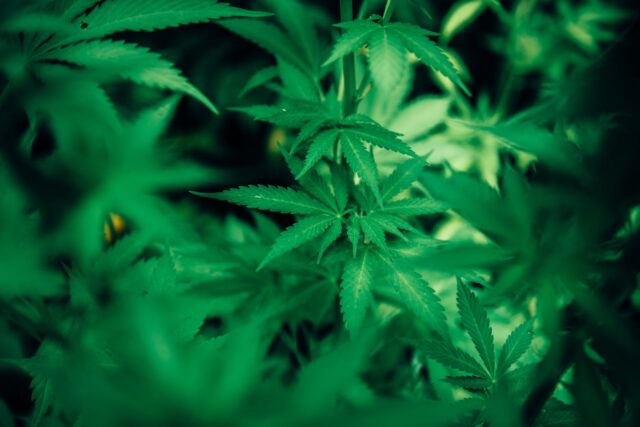
After decades of being stigmatized as a hard drug, marijuana is creating a space in the modern sociocultural model thanks to the benefits demonstrated in the clinical and therapeutic fields.
Both the ignorance of its benefits and the apology for its excesses impede and degrade the practice of legal and responsible consumption of marijuana, that is, use that does not harm third parties or oneself. The following are some verified information to help you clear the everlasting doubts:
1. What is the difference between marijuana, hemp, hashish, and cannabis?
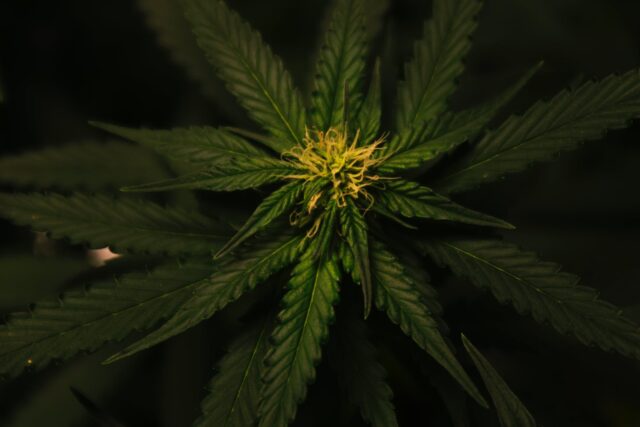
Cannabis is the name of the plant, originating in Central and South Asia, which contains tetrahydrocannabinol, the psychoactive chemical compound responsible for alterations in the central nervous system and which was already consumed 10,000 years before Christ. Hemp is the name of the different varieties of Cannabis sativa and the fiber that is extracted from them. If you want to learn more about cannabis click here.
Hashish is made from concentrated resin that is produced from the flowers of the female cannabis plant. It has the highest concentrations of THC -up to 50% – so the psychotropic effects of its consumption are more significant, and its composition can lead to adulterants that are difficult to control.
Marijuana is made only with the flowers, leaves, and small stems from the Cannabis sativa plant. It contains between 6 and 14% THC. To find out more about this subject, visit this site.
2. What effects does marijuana have in the short and long term?
Cannabis contains more than 400 different chemical compounds, including 66 cannabinoids or psychoactive substances that affect the central nervous system to a greater or lesser extent, causing variations in its normal functions.
The first joint dilates your pupils and makes you wince. The eyes redden, the pupils dilate, the mouth dries, and the heart accelerates, causing a general lack of coordination, uncontrolled laughter, and drowsiness. It is what scientists call the “cannabis binge.” It is euphoric ecstasy or sensory orgasm triggered by the gratification brain system.
That first innocent intake may not be entirely harmless. 14.8% of the emergencies due to the consumption of illegal substances are due to cannabis and are characterized by anxiety and panic attacks, which tend to affect new users.
The real problem comes with addiction, excess consumption, and lack of control. It takes up to 21 days for THC to disappear from the body after ingestion. Weekend intake accumulates THC in your body, which undermines your brain.
Short-term memory loss has been empirically demonstrated in regular users. The ability to create new memories is also impaired because THC alters the way information is processed in the hippocampus by weakening the connections or synapses between neurons.
There are documented studies that have also verified the precipitating effect of cannabis on psychotic flare-ups, anxiety, hallucinations, and schizophrenia in genetically predisposed individuals.
3. Does marijuana cause lung cancer?
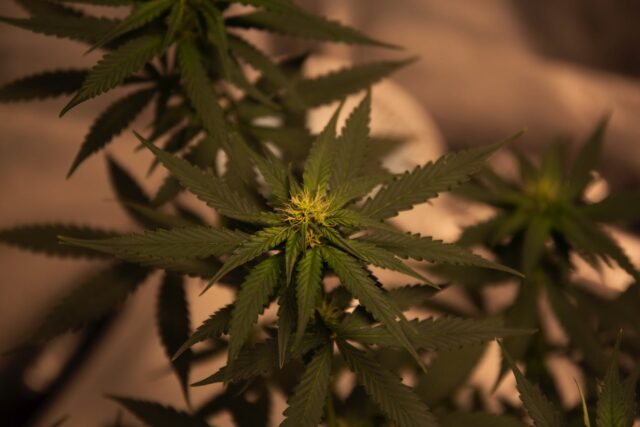
The lungs are not prepared to process the components of marijuana smoke, which damage cells in the respiratory tissue as they are not ready to inhale tobacco, glue, or rice pudding.
The difference is that cannabis THC contains an active substance, which reduces the growth of tumors in common lung cancer and its ability to spread. Still, statistically, if you smoke marijuana, you are up to five times more likely to develop lung cancer.
Why? Simply because of the way you smoke it. The “joint” has no filter. Its composition is not controlled as in tobacco, and a typical marijuana inhalation is 65% longer and four times deeper than a conventional cigarette. It causes the absorption of four times more tar and up to five times more carbon monoxide, potentially carcinogenic substances.
Cannabinoid vaporizers or their intake with oils or orally in brownies or muffins have been developed to avoid the consumption of these potential poisons.
4. Is marijuana the most addictive drug?

“The Science of Marijuana,” written by the University of Cambridge professor of pharmacology Leslie L. Iverson, is probably the best scientific-statistical treatise on the dependence on psychoactive chemicals extracted from Cannabis sativa for consumption.
It concludes that the vast majority of people who have tried marijuana have done it experimentally and have never become addicted. Only 9% of them have made the habit an essential vice. It doesn’t seem like much, if we compare it to the other figures in the same study: 32% of those who try tobacco will become addicted, 23% heroin users, 17% cocaine users, and 15% users of alcohol.
5. Where can you legally smoke marijuana?
Consumption, possession, cultivation, and trafficking are regulated almost everywhere in the world. However, different laws are ranging from the death penalty for small trafficking in Taiwan to the legalization of consumption and sale in the Netherlands.
In Spain, you cannot smoke a joint with impunity on the street. The use and possession of up to 40 grams are punished with minimum administrative penalties of 1,000 euros, thanks to the new Citizen Security Law. If the ownership exceeds those 40 grams of hashish, the fine becomes a judicial process irremediably. Smoking, only in private.
Forget about having even a cute little marijuana plant on your terrace. With the new Law, that small possession supposes an “act of plantation not constituting a crime”; but also punished with a fine of between 1,000 and 30,000 euros.
6. What are the clinical and therapeutic benefits of cannabis derivatives?
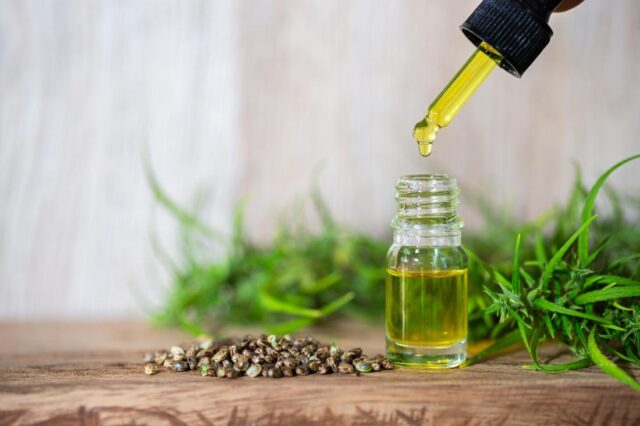
There are many various benefits of cannabis. In the last three years, no more than 6,000 studies on marijuana and derivatives have been presented in the clinical field, corroborating the general interest of the scientific community for its beneficial effects.
It has specific analgesic properties, against nausea and vomiting, or in auxiliary therapies for patients undergoing chemotherapy treatments. We must add its beneficial effects in chronic diseases such as diabetes, epilepsy, Alzheimer’s, or tumor reduction that we have discussed.
A recent study by the ‘British Medical Journal’ found a lower prevalence of type II diabetes in people who use marijuana regularly. Due to its anti-inflammatory properties, cannabis lowers the risk of diabetes in genetically predisposed patients.
A two-year-old boy suffered from severe epileptic seizures, and none of the nine traditional medications managed to ease the effects of his illness. Some of them even had significant side effects.
One pediatrician began to supply, in a very controlled way, oil from a marijuana strain that is very high in cannabidiol (CBD). After a week, the epilepsy episodes of the boy decreased. Now, the little one already walks and has begun to speak. The alternative was vagus nerve stimulation surgery.
7. Do all these benefits compensate for the traditional consumption without control?
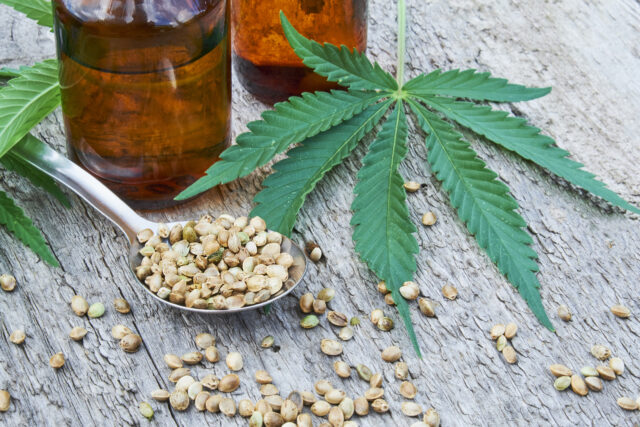
No. Marijuana in medicinal doses is not the same as smoking a joint daily to fight diabetes. Medical marijuana synthesizes potentially beneficial substances in controlled and unique strains with high doses of CBD. Without additives and with absolute control of the THC dose, it can be consumed in therapy.
Acetylsalicylic acid (the well-known aspirin) is extracted from the bark of the white willow, and a person who smokes a little willow every morning won`t have problems with myocardial infarction.







